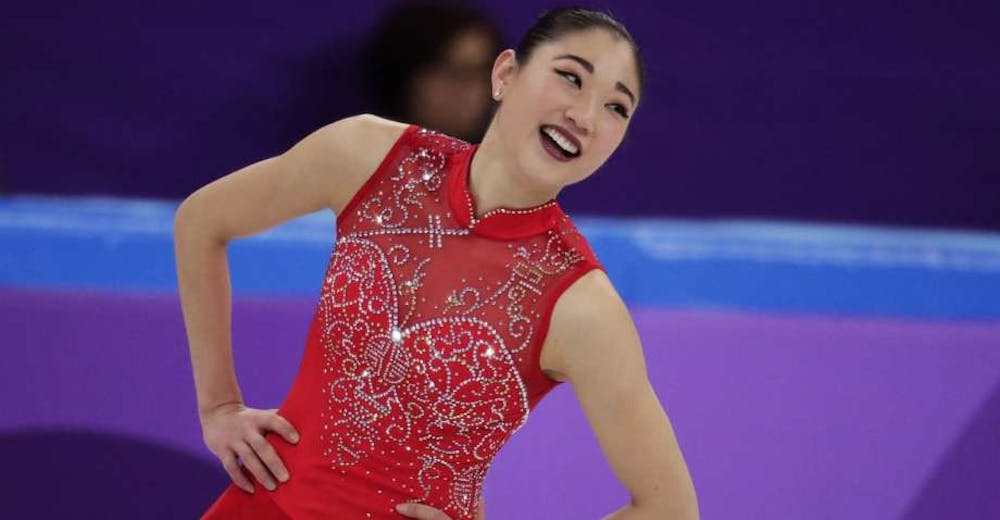By Sumayah Medlin
Correspondent
Ever since I saw the movie, “I, Tonya”, I’ve been obsessed figure skating — particularly the triple axel jump. The movie, which came out just before this year’s Winter Olympics, chronicles the victories and mishaps of Tonya Harding, the first American woman to land the triple axel jump in competition and the second in the world, in 1991.
What distinguishes the axel jump from all other figure skating jumps is that it is the only forward jump, meaning that the skater is moving forward rather than backwards in the air. It takes a while to distinguish between the axel and many similar jumps because the jump happens quickly. In most backward jumps, the athlete is skating forward and then turns backward abruptly.
The forward motion of the axel makes the jump more difficult because it adds a half turn, making the triple axel three and a half rotations in total. In contrast, the triple Lutz has three rotations.
On Feb. 11, Mirai Nagasu made history when she became the first female American Olympian to successfully complete the triple axel jump at this year’s Winter Olympics. Only two other women before Nagasu have completed the jump during any Olympic games — Japanese figure skaters Midori Ito in 1992 and Mao Asada in 2010.
Following Nagasu’s historic jump, I began to reflect on previous women’s triple axels, and how each jump’s speed, height and audience reaction varied.

At 2015 European Figure Skating Championships, Elizaveta Tuktamysheva became the first woman to land four triple jumps in a short program. I hate to value her jump less than other athletes’. I do like her routine and how peaceful it is, but I think her triple axel was slow and I didn’t have that big of a reaction when she landed it in comparison to other triple axels I have seen.
I also regret criticizing Rika Kihira, because her impressive jump happened when she was only 14 years old during the 2016 ISU Junior Grand Prix of Figure Skating. Her age aside, her jump did not get the height that I would prefer.
At 2002 Skate America, Yukari Nakano’s jump made her the first woman to land the triple axel in 10 years. Her fast jump did not get much height compared to others. Her jump did not take up that much space, which made it seem small, but she did get more height than Rika’s 2016 triple axel.
Following Yukari’s performance, Ludmila Nelidina performed a triple axel of her own at 2002 Skate America. I don’t have any complaints about the height or the speed, but I think she looked stiff, which makes her jump not as fluid or graceful as it had the potential to be. However, her landing was very stable compared to others.
Mao’s triple axel in Sochi, Russia during the 2014 Winter Olympics and Mirai’s triple axel in PyeongChang, South Korea this year are both astonishing due to their swiftness and gracefulness. I simply cannot favor one over the other — they are equally amazing.
Tonya Harding’s routine at the 1991 U.S. Figure Skating Championships is my absolute favorite of any triple axel performance. Tonya’s routines were always fun and dance-like, which is sometimes absent in figure skating. She knows how to engage a crowd, especially when she executed the triple axel swiftly and smoothly. Her amazing reaction to successfully completing the jump also makes her jump stand out that much more.
Midori Ito’s jump at the 1988 Winter Olympics in Calgary, Canada is equally as remarkable because of her height and movement in the air. She seems to move across the rink in seconds with the force of her jump, and continues to make it look graceful.
Overall, all the triple axels mentioned are amazing, even the ones that I am not particularly fond of. I may not be an expert on figure skating, but I am eager to see more triple axels from future skaters.







